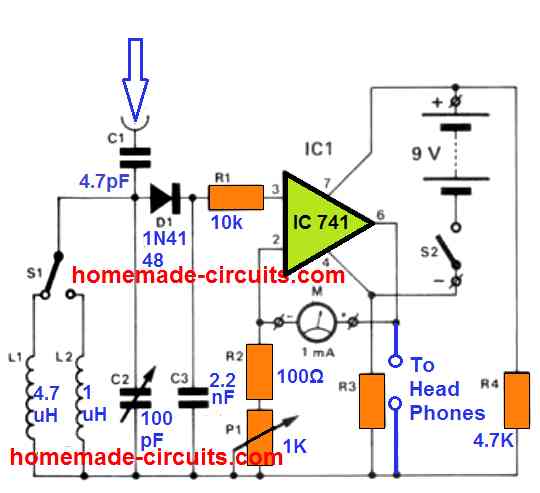Francesco_bre
Junior Member level 1
Hi everyone, i'm new to electronics and to this forum. I'm trying everyday to learn more about electronics. In these days i'm experimenting with the colpitts oscillator and am transmitters. I successfully built a colpitts oscillator which resonates around 800 kHz. I also modulated the wave with an audio signal and received the signal with an am receiver. Obviously the range was very low, about 3 feets. My question is, how to increment the output power in order to transmit at higher distances? I also attached an antenna to the output of the colpitts but it wasn't much effective. I also noticed that if i change the inductor to some smaller value, in order to increase oscillating frequency, i get lower output in terms of peak to peak voltage of the produced sine wave. Can someone explain also this behaviour? Thanks in advance.
I leave the circuit diagram of the colpitts and the Ltspice file attached to the post.

I leave the circuit diagram of the colpitts and the Ltspice file attached to the post.


